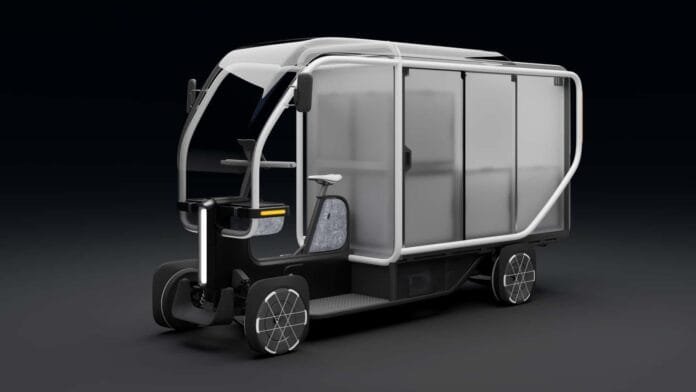The Current Charging Landscape
The American electric vehicle (EV) landscape is witnessing a significant transformation as it navigates between two primary charging connectors: the Combined Charging System (CCS) and Tesla’s North American Charging Standard (NACS). CCS and its slow-charging counterpart, the J1772 plug, are prevalent across public charging stations. In contrast, the industry gears up for a future dominated by the NACS, which promises improvements for both manufacturers and consumers.

Transition Challenges: Compatibility Issues
As manufacturers like Mercedes and Nissan prepare to launch new EV models—such as the upcoming Mercedes CLA EV and the 2026 Nissan Leaf—they face a pressing question: how to integrate these differing standards? Both models will feature J1772 plugs for slow-charging and NACS for faster charging, albeit with significant limitations. The challenge remains that the J1772 port is exclusively for slow charging. To use a CCS charger, drivers will require a CCS to NACS adapter, complicating the charging experience.

The Future of EV Charging: Adapters and Adaptation
The transition to a single charging standard, while promising long-term benefits, creates short-term confusion. Consumers might encounter situations where they plug into a Tesla-style level 2 charger, only to be met with an error message because these chargers won’t work with the NACS. With the EV infrastructure moving towards a primarily NACS framework, drivers of hybrid models such as the Leaf and CLA might find themselves carrying extra adapters long into the future. This shift from multiple charging options to a streamlined system is indeed imperfect, but it is essential for the EV industry’s growth.



